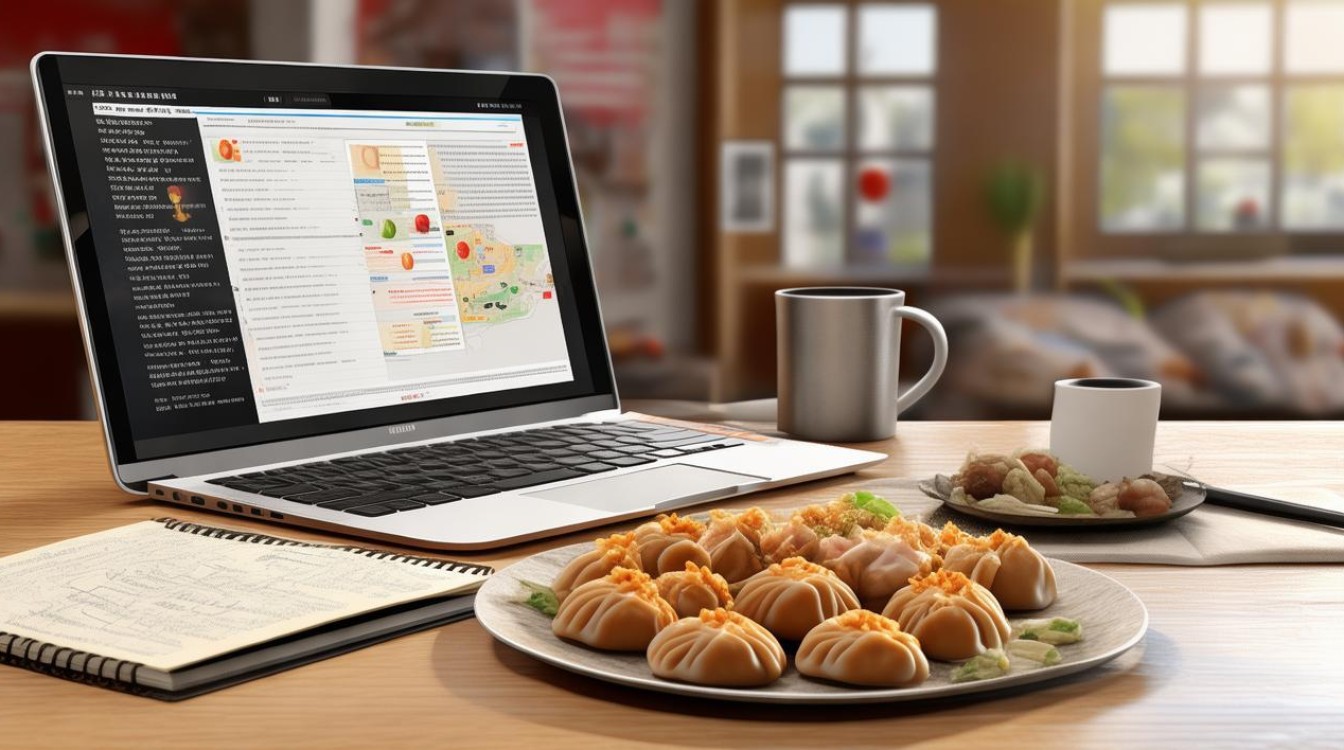Shanghai, a vibrant metropolis, boasts a rich culinary heritage blending traditional flavors with modern innovation. For students and professionals aiming to write an engaging English essay on Shanghai food, mastering language skills and cultural insights is essential. Below, we outline key techniques for crafting a compelling essay while incorporating the latest data to enhance credibility.

Structuring Your Essay Effectively
A well-organized essay ensures clarity and coherence. Follow this framework:
Introduction
- Begin with a captivating hook, such as a famous quote or surprising fact about Shanghai cuisine.
- Example: "Shanghai’s xiaolongbao, with its delicate broth-filled dumplings, has captivated food lovers worldwide."
- State the purpose: Introduce Shanghai’s culinary diversity and its cultural significance.
Body Paragraphs
- Paragraph 1: Historical Influence
Discuss how Shanghai’s food reflects its history as a trading port, incorporating influences from Jiangsu, Zhejiang, and Western cuisines. - Paragraph 2: Signature Dishes
Highlight iconic dishes like shengjianbao (pan-fried buns), hongshao rou (braised pork), and dazha crab (hairy crab). - Paragraph 3: Modern Trends
Explore contemporary twists, such as vegan Shanghainese dishes or fusion restaurants.
Conclusion
- Reinforce the uniqueness of Shanghai’s food scene.
- End with a thought-provoking statement: "From street-side vendors to Michelin-starred restaurants, Shanghai’s cuisine tells a story of tradition meeting innovation."
Enhancing Language and Style
Use Descriptive Vocabulary
Instead of generic terms, employ vivid adjectives:
- Savory instead of tasty
- Succulent instead of juicy
- Aromatic instead of smelly
Incorporate Authentic Terminology
Include Chinese names with translations:

- Xiaolongbao (soup dumplings)
- Congyoubanmian (scallion oil noodles)
Avoid Overgeneralizations
Instead of saying "Shanghai food is sweet," specify:
"Shanghai’s braised dishes often feature a balance of sweet and savory, achieved with rock sugar and soy sauce."
Supporting Claims with Latest Data
Credible data strengthens your essay’s authority. Below are recent statistics on Shanghai’s food industry:
Shanghai’s Culinary Landscape (2024 Data)
| Category | Data | Source |
|---|---|---|
| Michelin-starred restaurants | 49 (as of 2024) | Michelin Guide |
| Popular street food items | Xiaolongbao, jianbing, scallion pancakes | Dianping |
| Annual food tourism revenue | ¥82 billion (~$11.3 billion) | Shanghai Municipal Government |
| Top-rated local ingredient | Hairy crab (peak season: Oct-Dec) | China Cuisine Association |
Trending Shanghai Dishes in 2024
- Plant-based xiaolongbao – Gaining popularity among health-conscious diners.
- AI-assisted cooking – Some restaurants use AI to optimize traditional recipes.
Research and Citation Best Practices
To ensure accuracy:

- Use authoritative sources: Government reports, academic journals, and recognized food guides.
- Verify data: Cross-check statistics from multiple reliable platforms.
- Cite properly: Follow APA or MLA formatting for references.
Example citation:
"According to the 2024 Michelin Guide, Shanghai has 12 three-star restaurants, reflecting its global culinary prestige."
Common Mistakes to Avoid
- Mispronunciation errors: Ensure correct pinyin (e.g., shengjianbao not shenjianbao).
- Overemphasis on stereotypes: Not all Shanghainese dishes are sweet—some are savory or spicy.
- Ignoring regional variations: Dishes like lion’s head meatballs differ between Shanghai and other regions.
Final Thoughts
Writing about Shanghai’s cuisine requires a blend of linguistic precision and cultural awareness. By structuring your essay logically, using rich vocabulary, and backing claims with verified data, you create an engaging and authoritative piece. Whether describing the burst of flavors in a xiaolongbao or the city’s evolving food tech scene, your essay will resonate with readers and stand out in search rankings.

For further inspiration, explore Shanghai’s night markets or follow food bloggers documenting the latest trends. The city’s culinary story is ever-evolving—your essay should be too.











